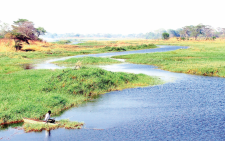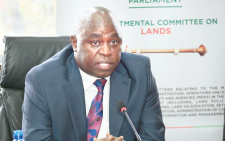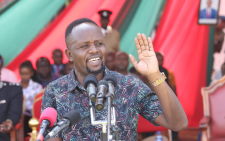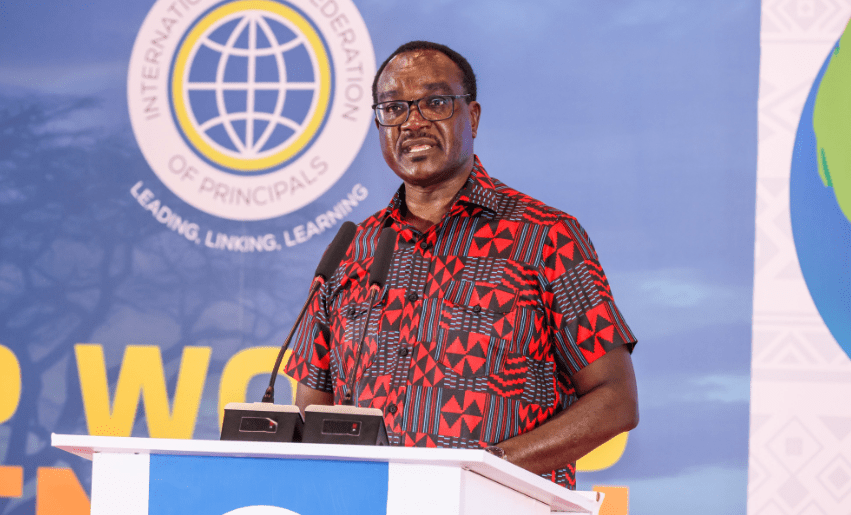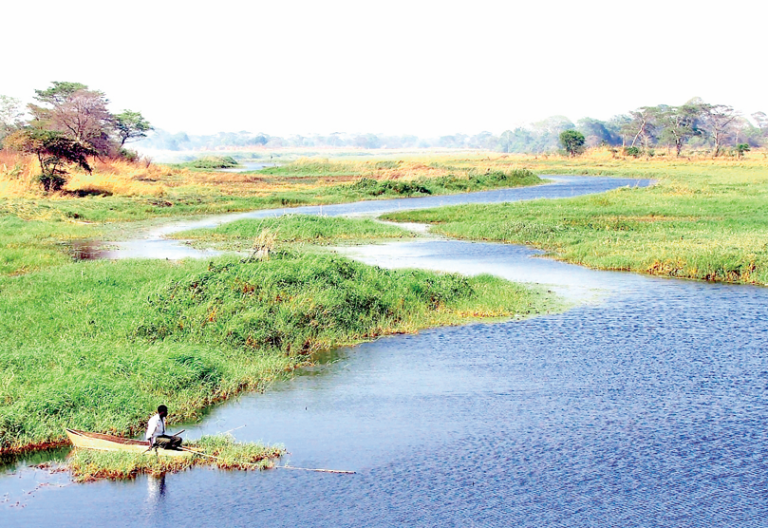State lists agriculture as top priority for robust recovery
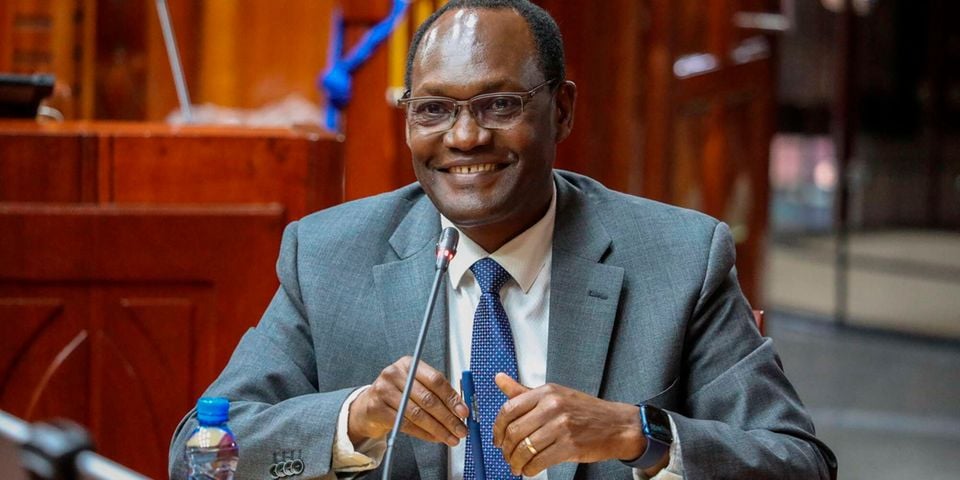
Agricultural transformation remains a bright spot for the Kenya Kwanza government, which has also listed the digital economy, climate change and green actions, as well as infrastructure growth as other stimuli for economic recovery this year.
In its macro-economic review for the 2023-2024 budget and medium-term presentation, the National Treasury said yesterday that other sectors such as manufacturing, services economy, creative economy, and micro, small and medium enterprises (MSMEs) would support the recovery agenda whose implementation was underway.
“This is where properly functioning markets will support the recovery agenda. The government has started to implement the Development Agenda – the bottom-up approach that is geared towards economic turn-around and inclusive growth,” said the National Treasury Principal Secretary Chris Kiptoo.
Further adding that the priority sectors would be implemented in tandem with the IMF – backed economic recovery programme, which among other factors calls for the strengthening of Kenya’s Covid-19 response and maintaining support for those most impacted by shocks to the economy as a condition to continue lending the State.
Similarly, the Bretton Woods Institution wants the government to cut down on its debt vulnerabilities through a revenue-driven fiscal consolidation plan aimed at stabilising public debt estimated to be almost 70 per cent of the gross domestic product. In a statement announcing the approval of the $2.34 billion loan to Kenya, IMF last year singled out nine key loss-making parastatals that it felt should undergo a major overhaul to stop bleeding the public purse.
Financial assessment
National Treasury noted at the time that after a thorough financial assessment, several public enterprises including Kenya Airways, Kenya Railways Corporation, Kenya Power, and three public universities among others had an outstanding Sh170 billion in government-guaranteed debt as of December 2020.
Also on the list were Kenya Broadcasting Corporation (KBC), Athi Water Works Development Agency, and Kenya National Examinations Council, as well as Kenya Wildlife Service, Kenya Post Office Savings Bank, Kenyatta National Hospital, and East African Portland Cement.
The Treasury analysis established that these State agencies had an estimated liquidity gap of Sh382 billion over the next five years.
International Monetary Fund gave the ultimatum as part of its condition to loan Kenya $2.34 billion (Sh280b) granted in April 2021.
Appeals to privatise some of the loss-making entities like national carrier Kenya Airways, Kenya Postal Corporation, and Mumias Sugar Company among other parastatals, have been on the cards for years now – but experts privy to the tedious tasks involved in the privatisation procedure, are convinced that such plans may continue to remain just that, plans.
“Privatisation process often follows a lengthy and detailed process before the sale can be implemented. This results in the process being time-consuming and puts off private investors given the uncertainties it presents,” Sammy Ndolo, managing partner at Cliffe Dekker Hofmeyr said.

